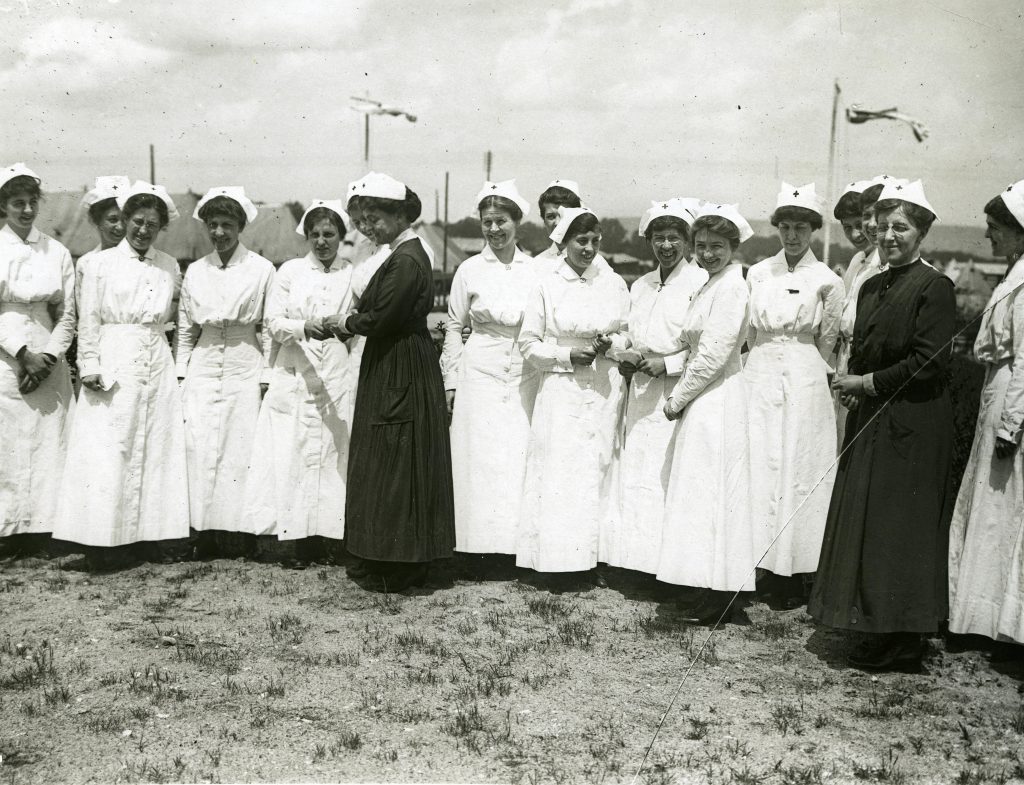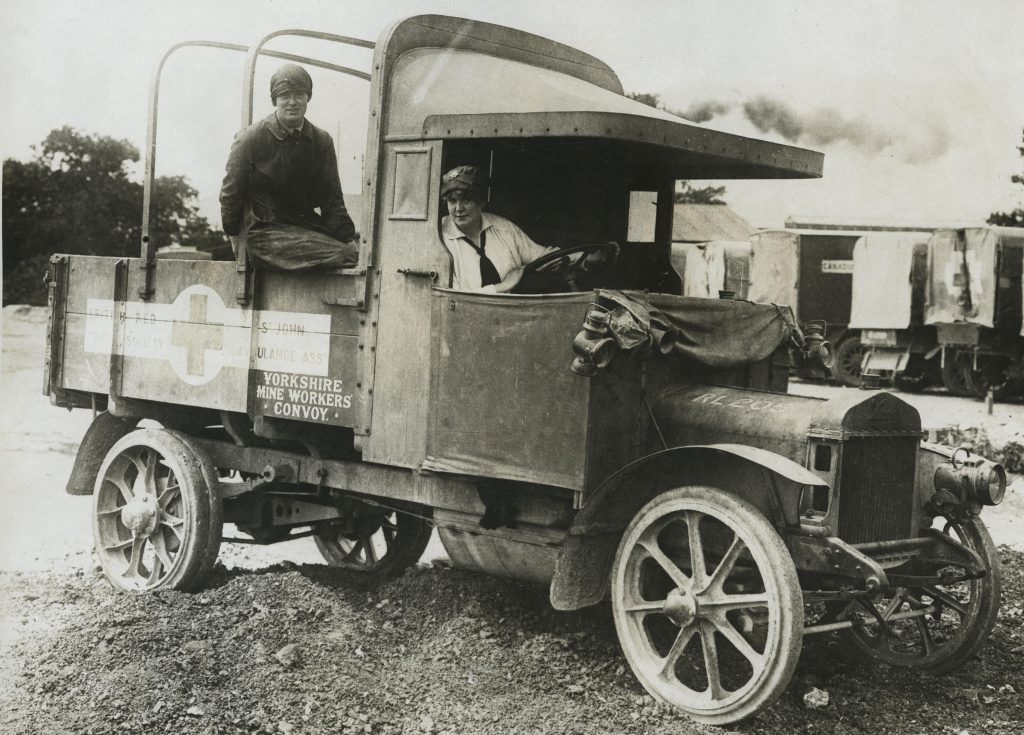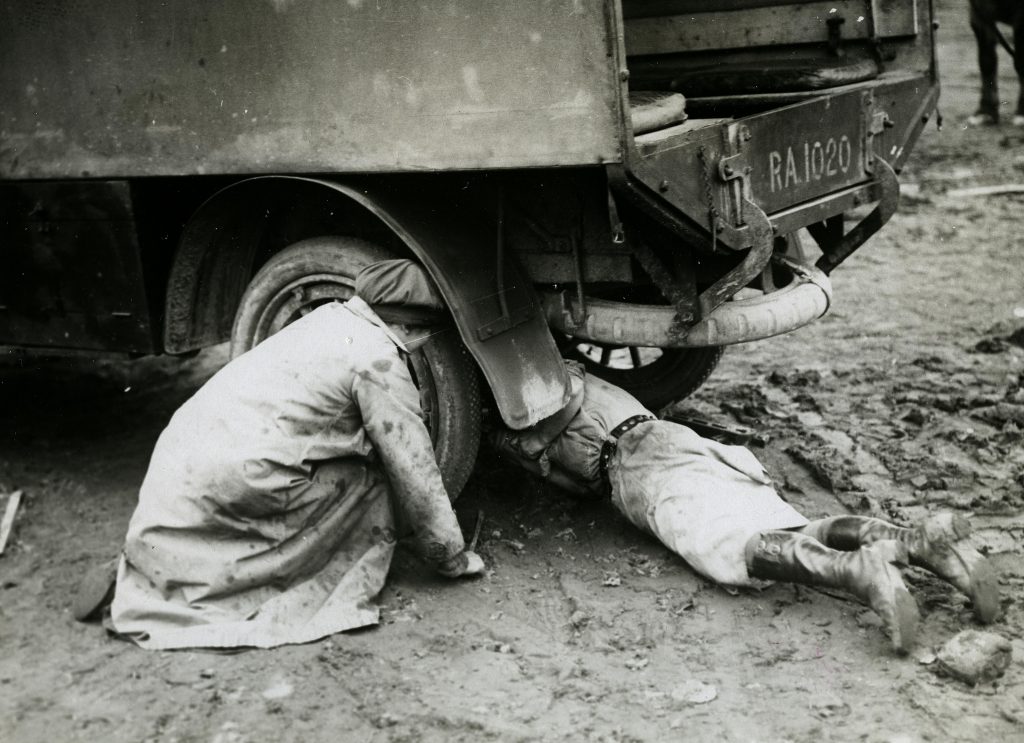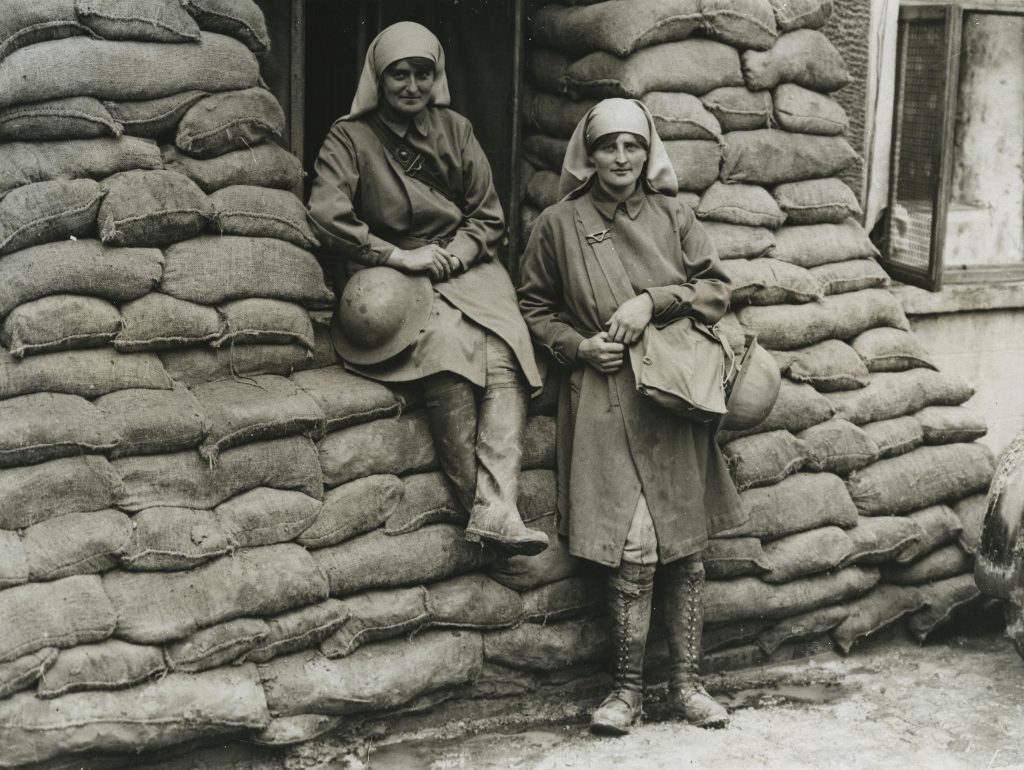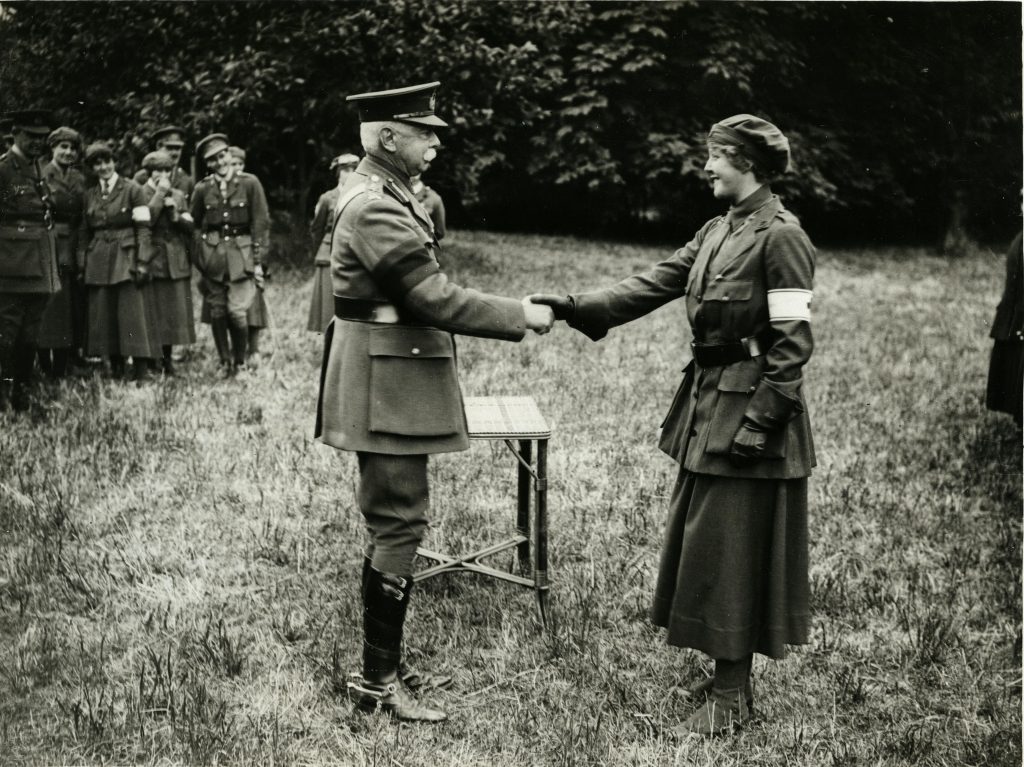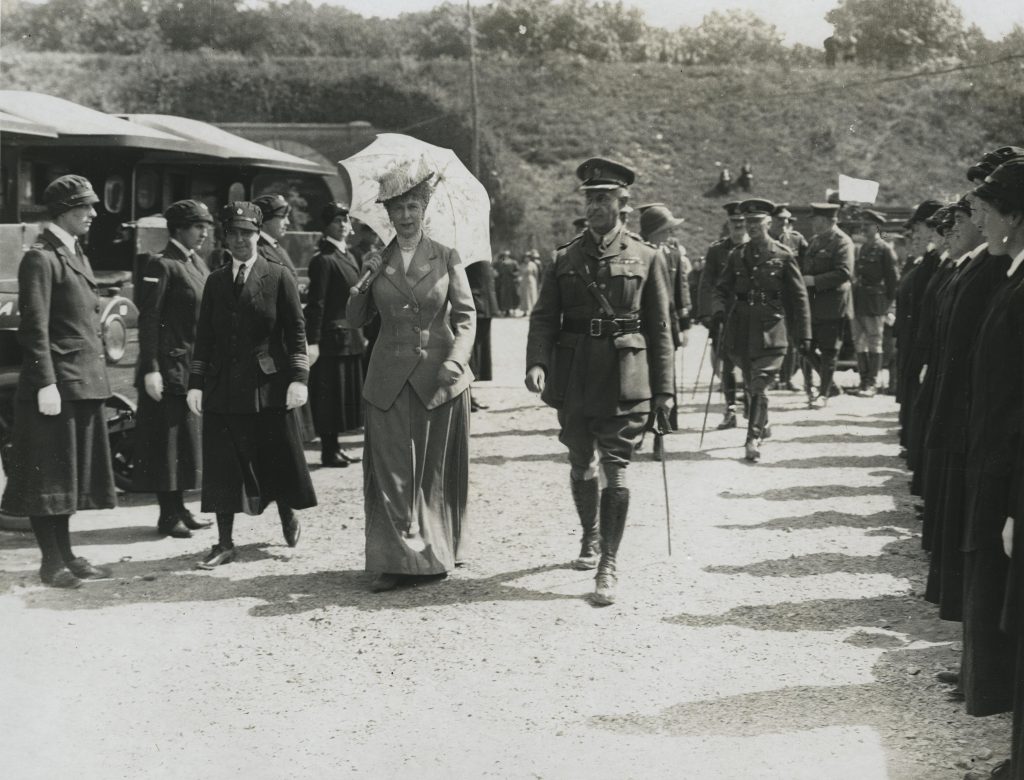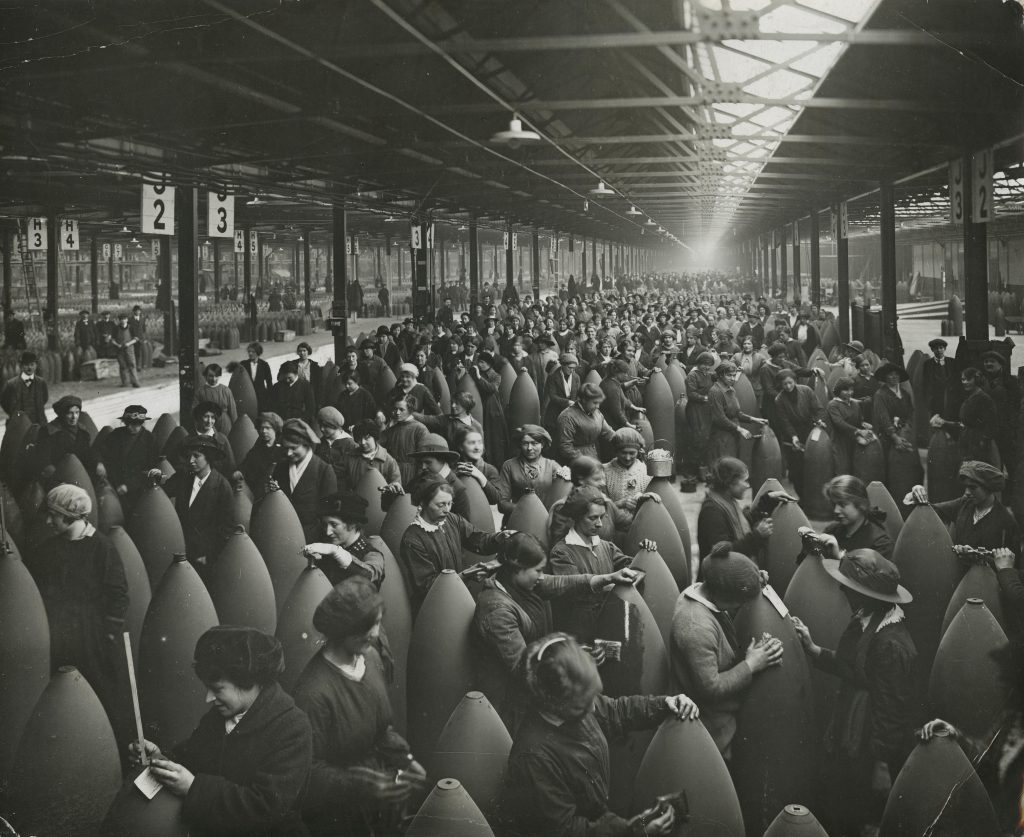World War One is known for the apocalyptic destruction brought to Europe, North Africa, and the Near East brought by the clashing of Allied and Central powers. A large part of this was the emergence of the horrifying brutality of trench warfare and the weapon developments of such systems as airplanes, howitzers, and early tanks. While the men were on the front lines being soldiers in trenches and manning artillery, there were women working to keep them fed, clothed, supplied, and tending to the wounded and sick. Their work often goes unrecognized and many people are unaware of the types of work and working conditions of women at this time.
These photos all come from the World War I British press photograph collection and this topic has been previously covered in a Digitization centre blog post before which can be found here. This blog post will be expanding on the previous post, and will include more and different photos displaying the various types of work and working conditions documented. Please keep in mind that at this time, neither Britain, nor France or America had adopted universal suffrage, and so the overwhelming majority, if not all, of the women photographed here could not legally vote.
The women who worked as nurses and ambulance drivers are among the most well-known of the World War one working women. Sometimes they were known as the “Angels of Mercy” and some even received military honors and visits from royalty.
Other women did clerical work which would have been close to the kinds of roles working women would have had before the war.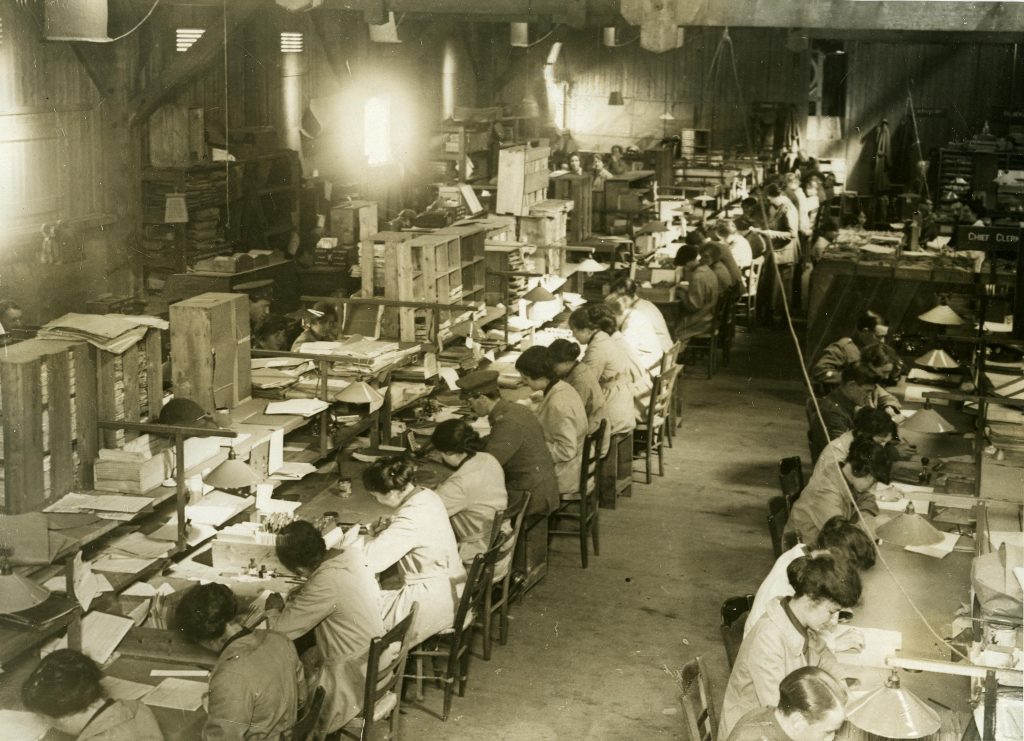
The same is true for the many proud women bakers and cooks who helped feed the troops throughout the conflict.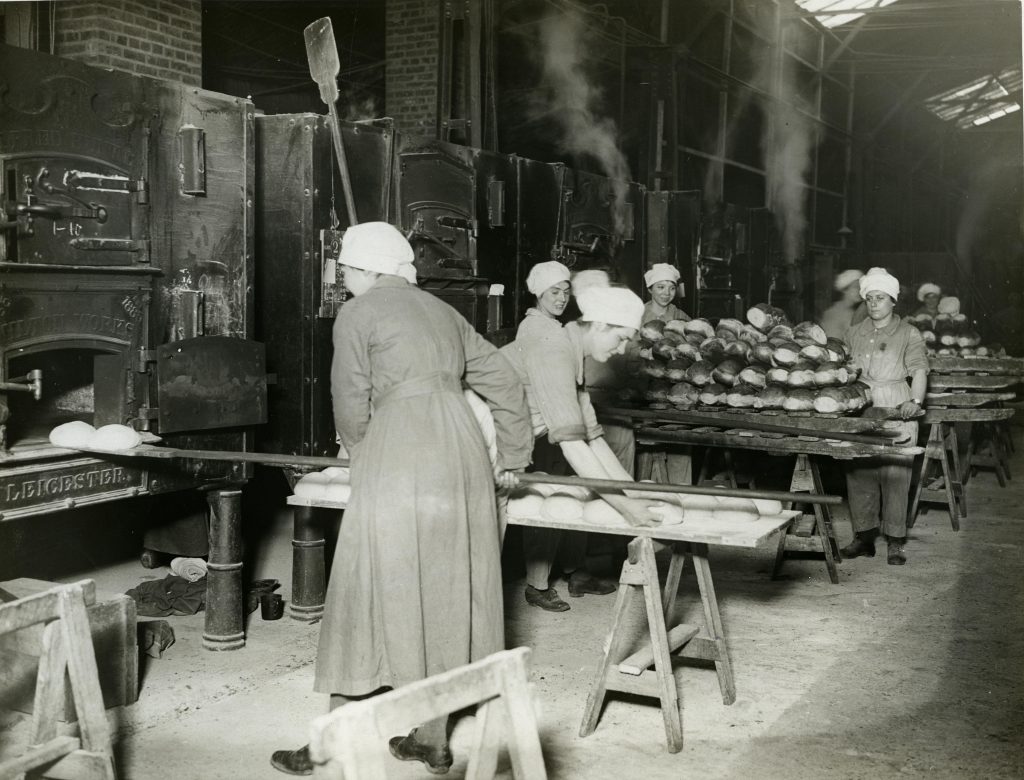
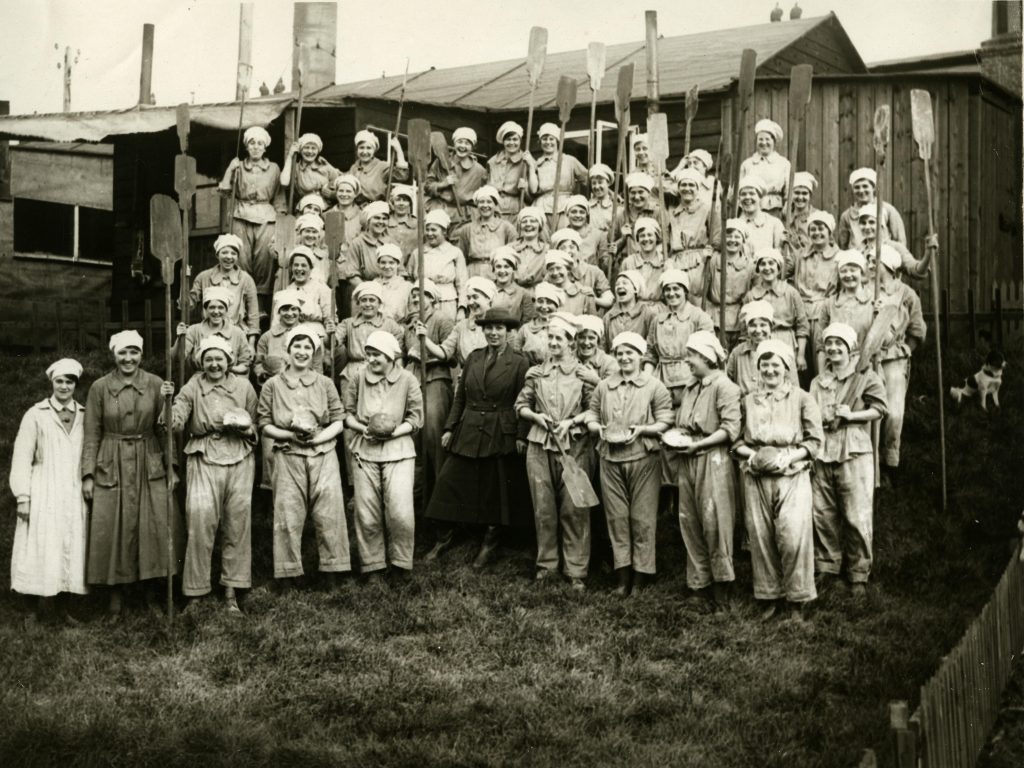
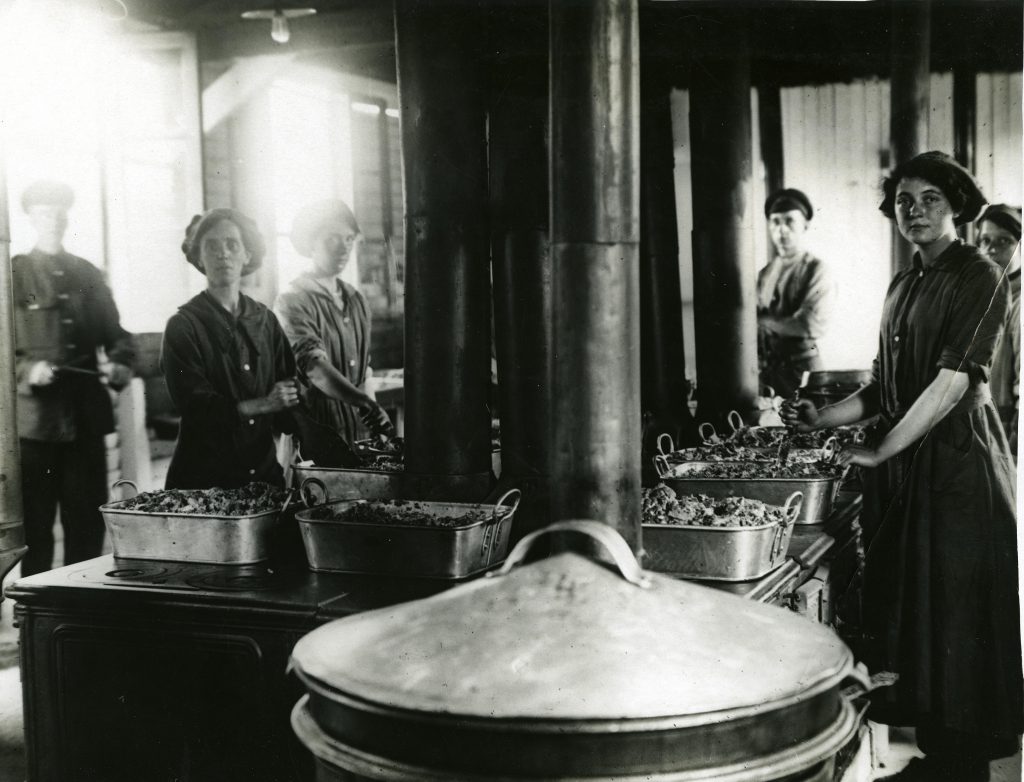
Back home, there was of course the same cleaning that was primarily viewed as “women’s work” as was before the war.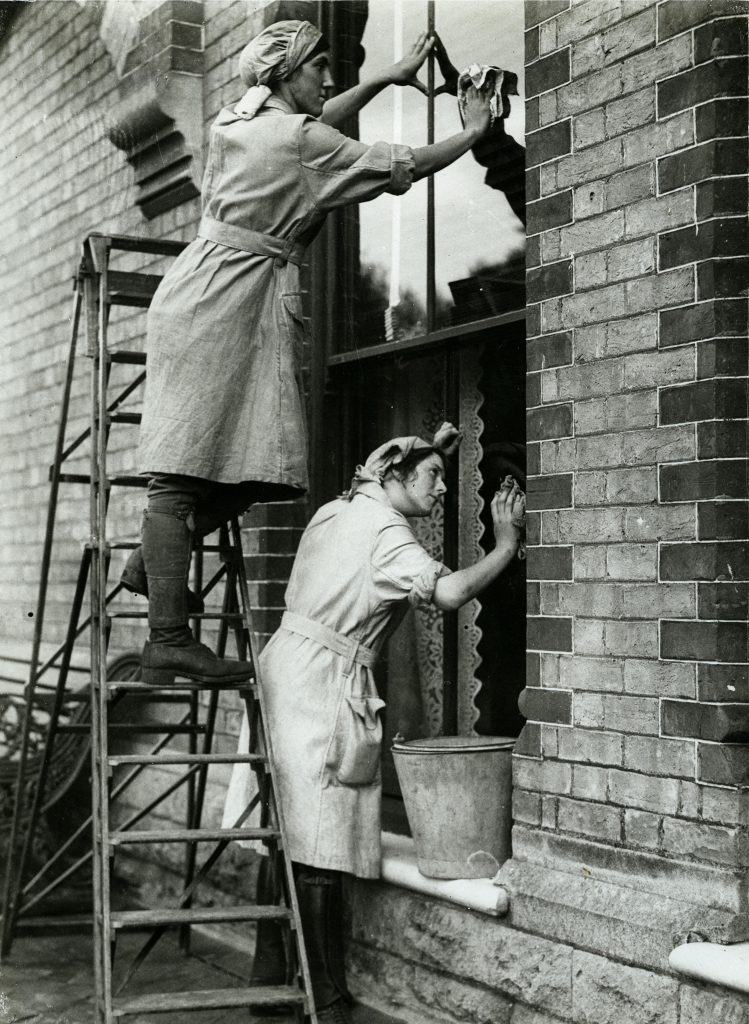
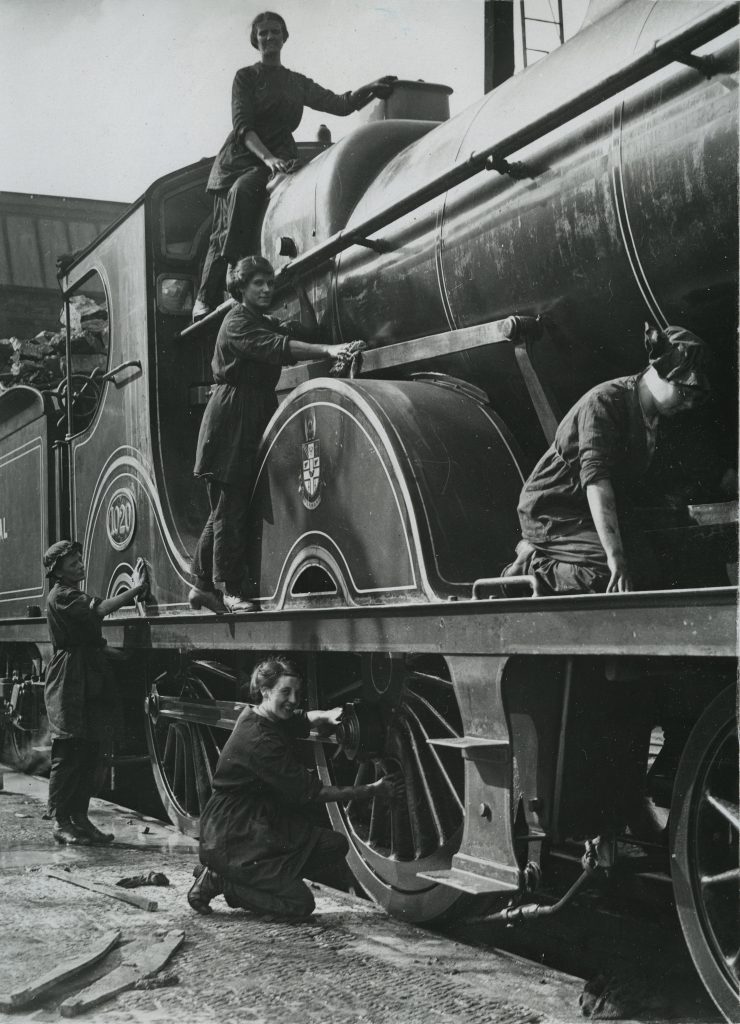
The invention of automobiles and airplanes was new, and there were not many available to either government or citizens. Horses were still used as pack animals and transportation. Some women worked as animal trainers, such as the woman below.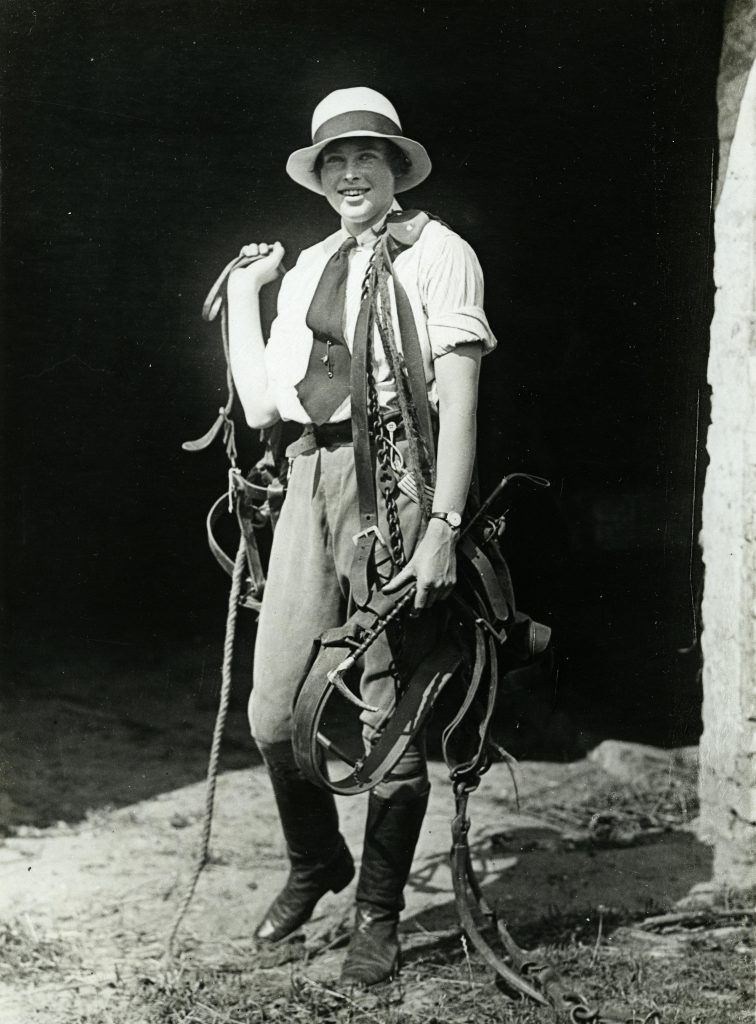
Someone had to grow the wheat, vegetables, and other food to bake and cook. Women filled the ranks of the field workers who were responsible for keeping Britain and France fed.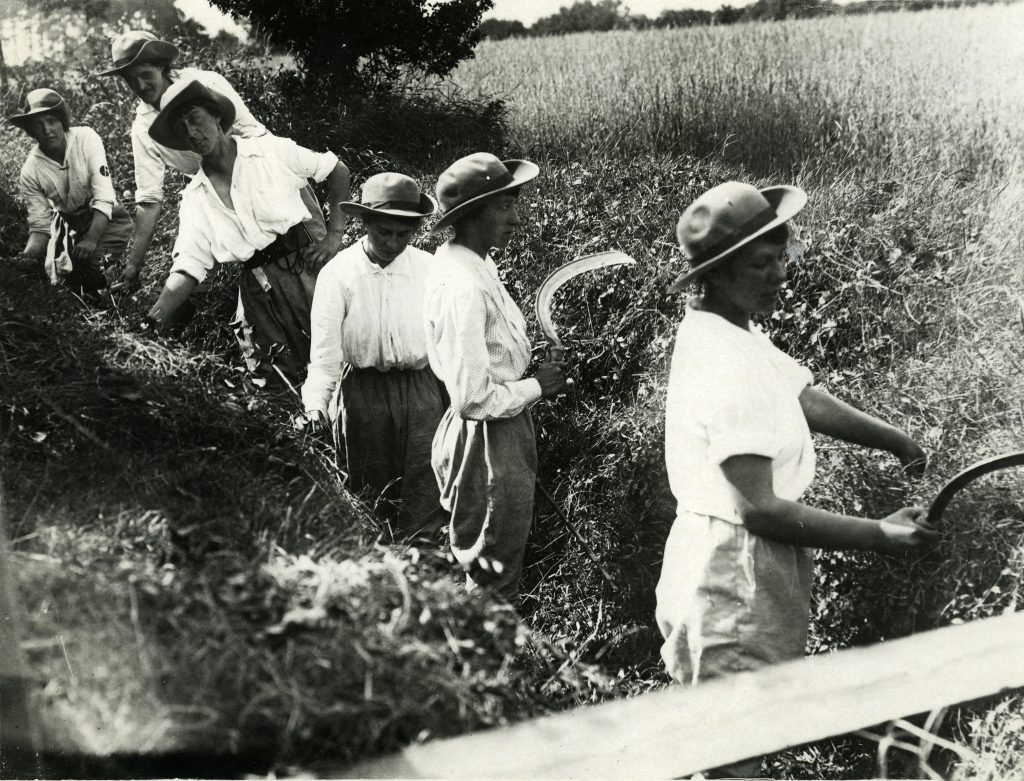
It was also women who were responsible for operating the food processing and packaging factories.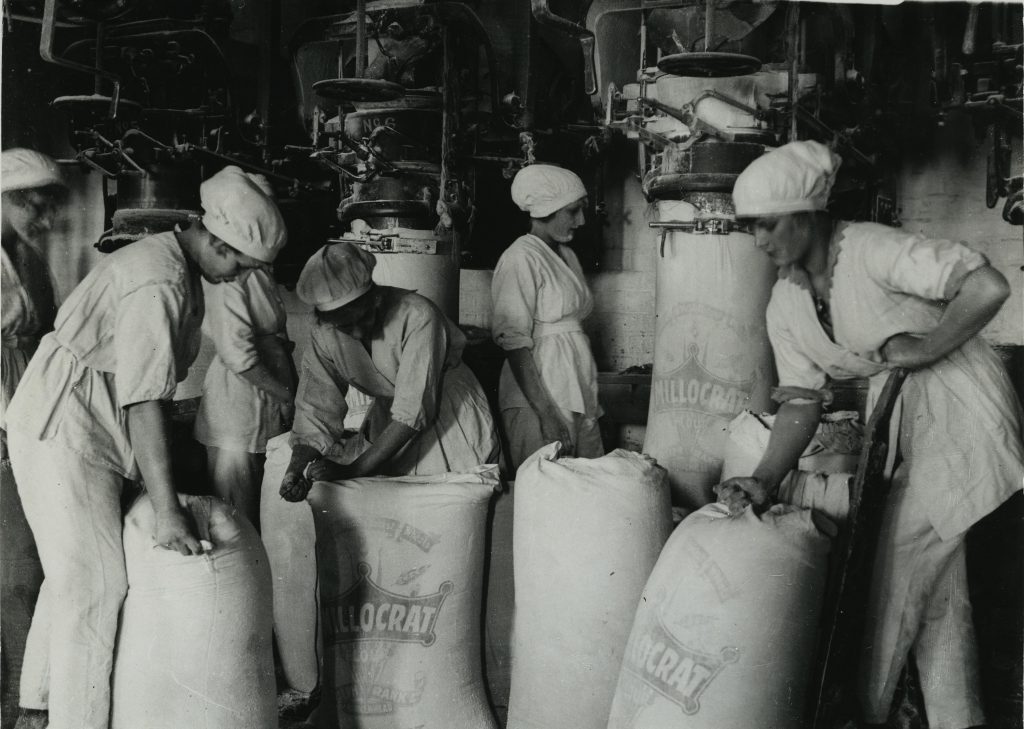
Construction, carpentry, and thatching were all relatively new areas of employment for women brought on by the need for construction and the lack of available labour. Women filled into the gaps left behind by men sent to the front.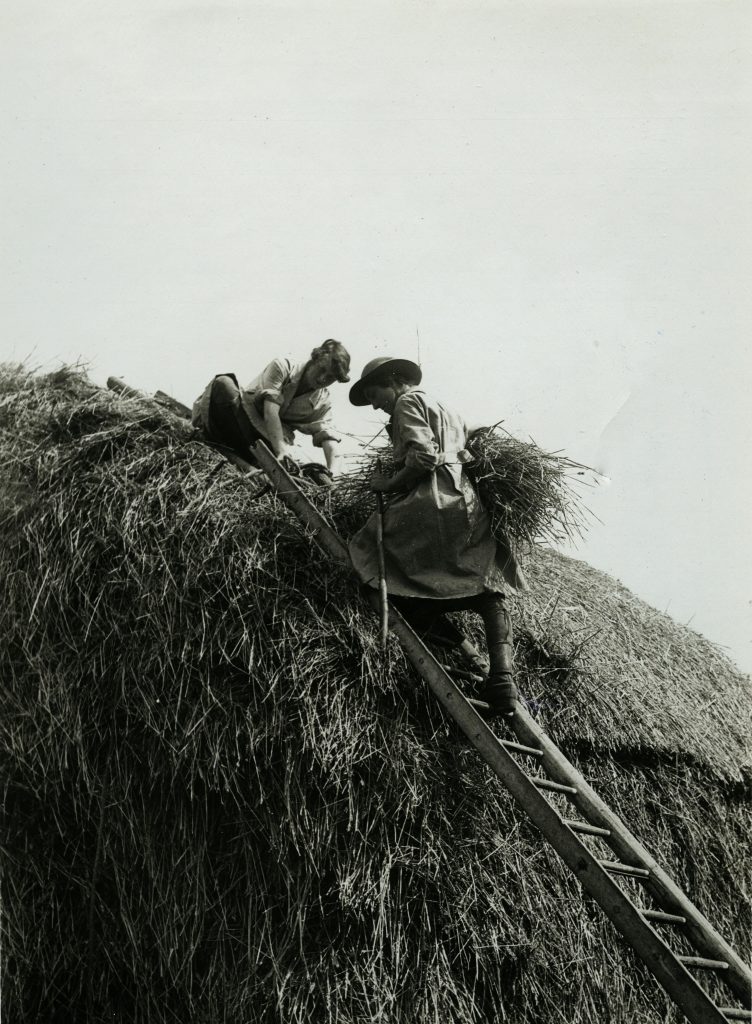
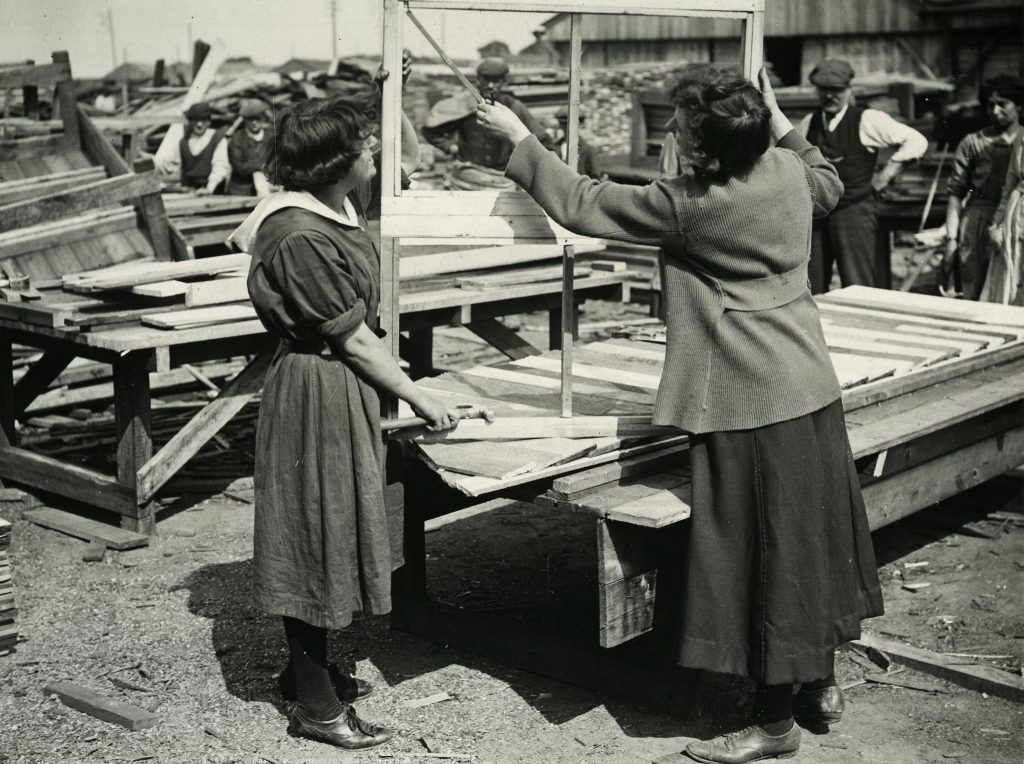
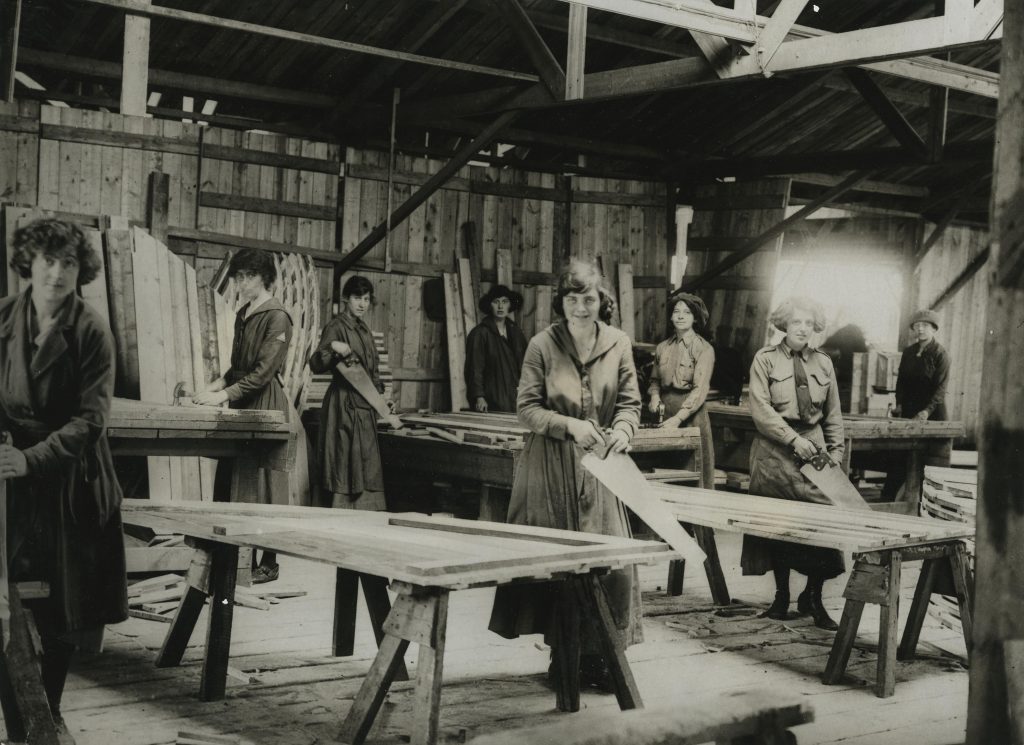
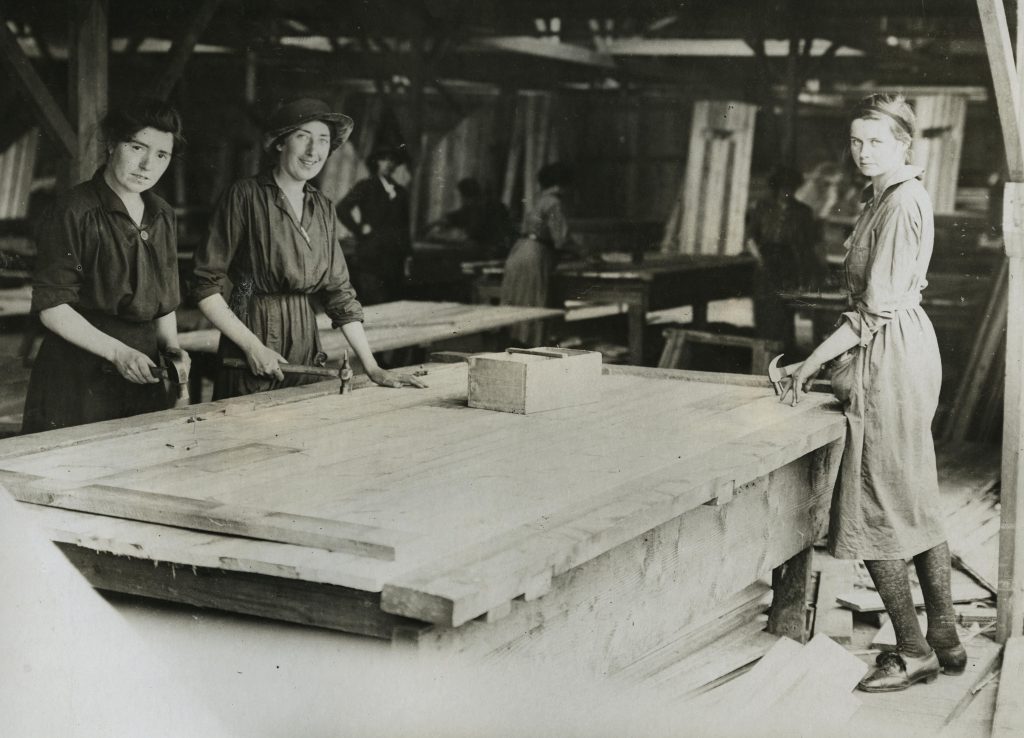
Textile and garment work was one of the few areas of labour that had previously employed women, but never before had so many women worked at factories to clothe their country.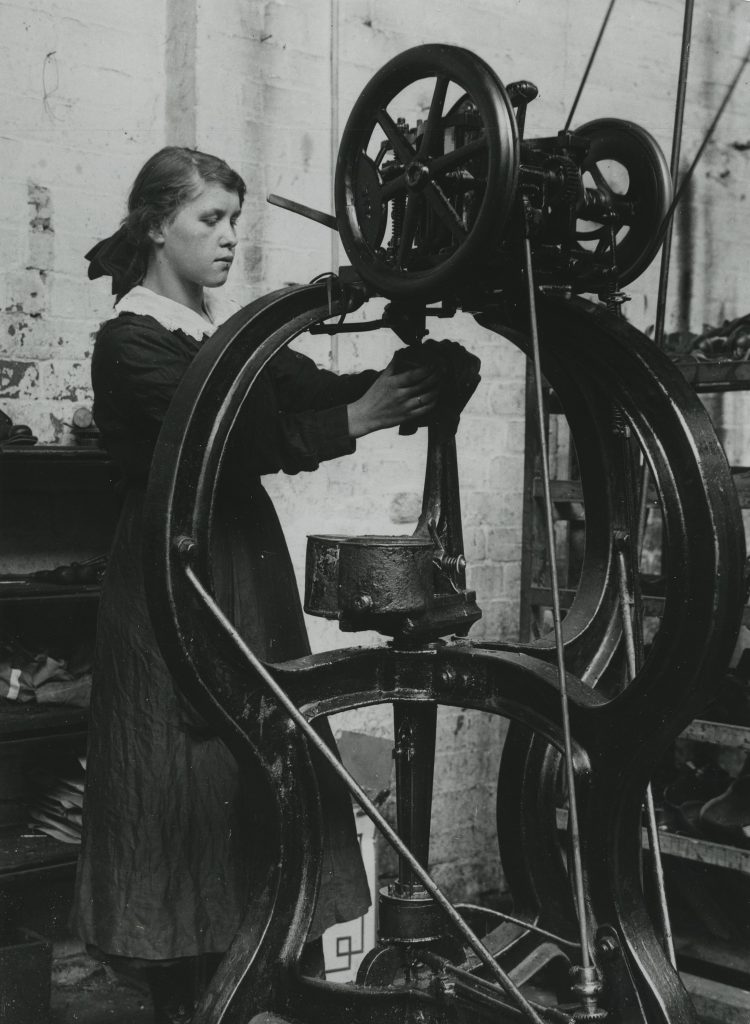
A woman made a gas mask for a solider…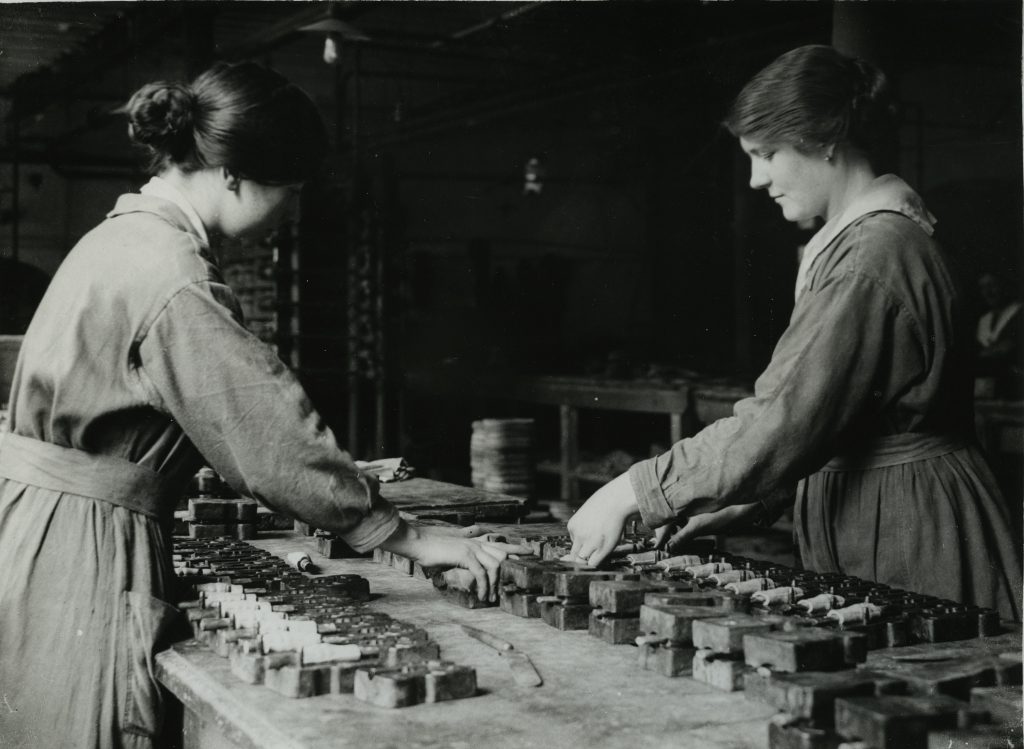
… and a woman taught him how to use it.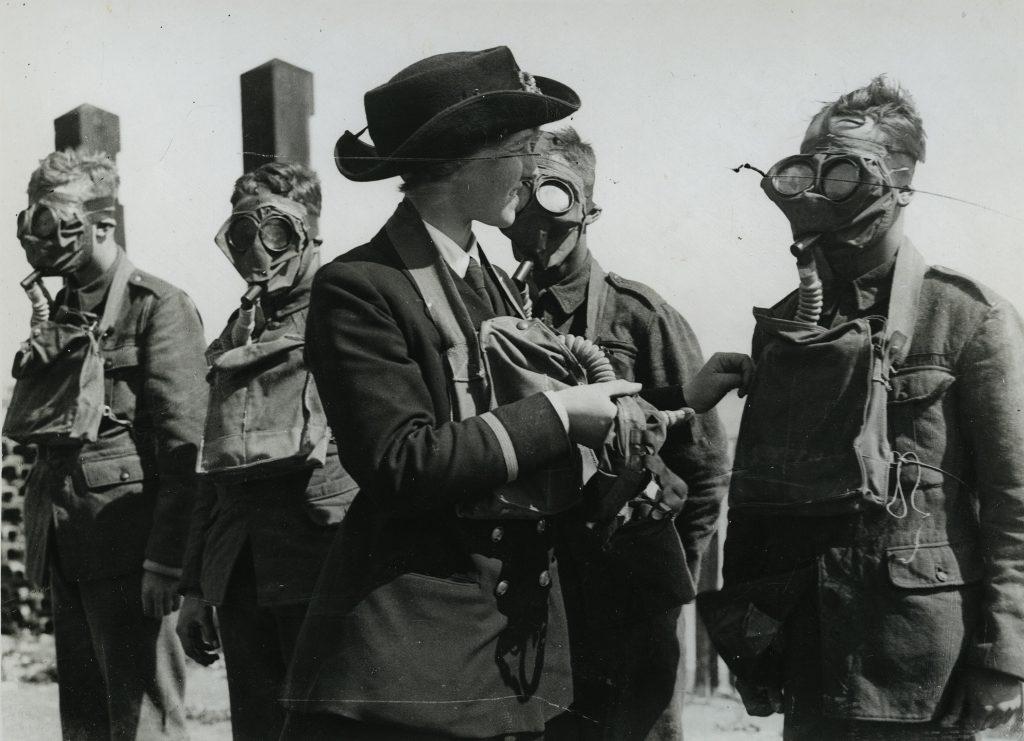
These women doing quality control by inspecting various parts to make sure that they are up to standards.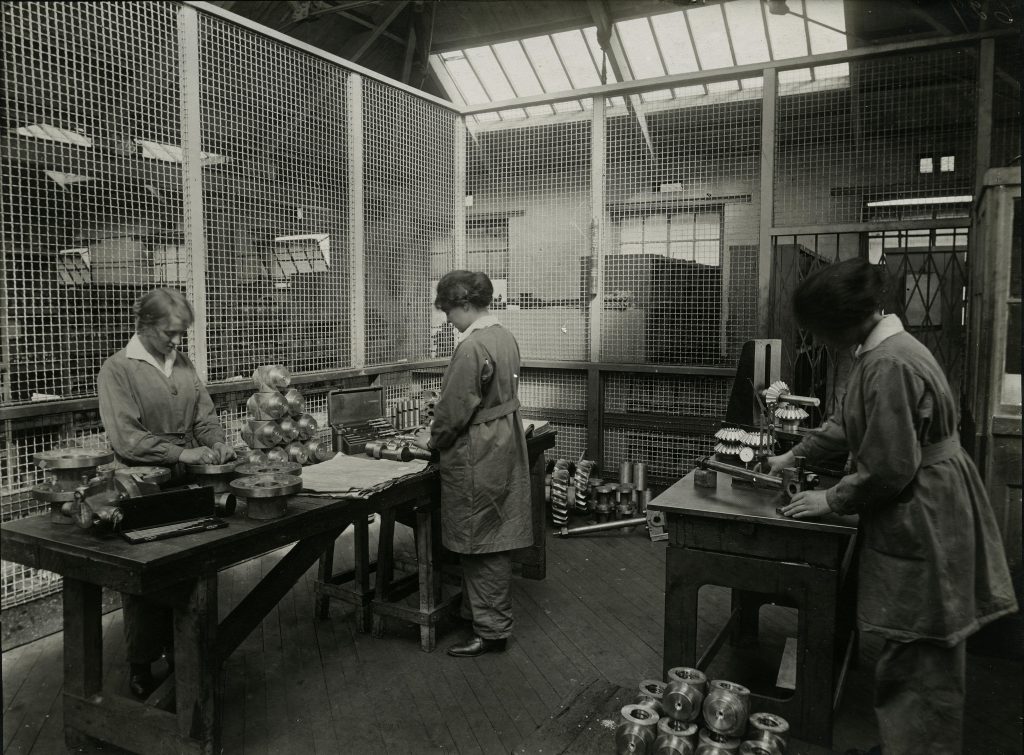
Chemicals were in very high demand to keep production of various domestic and war time goods.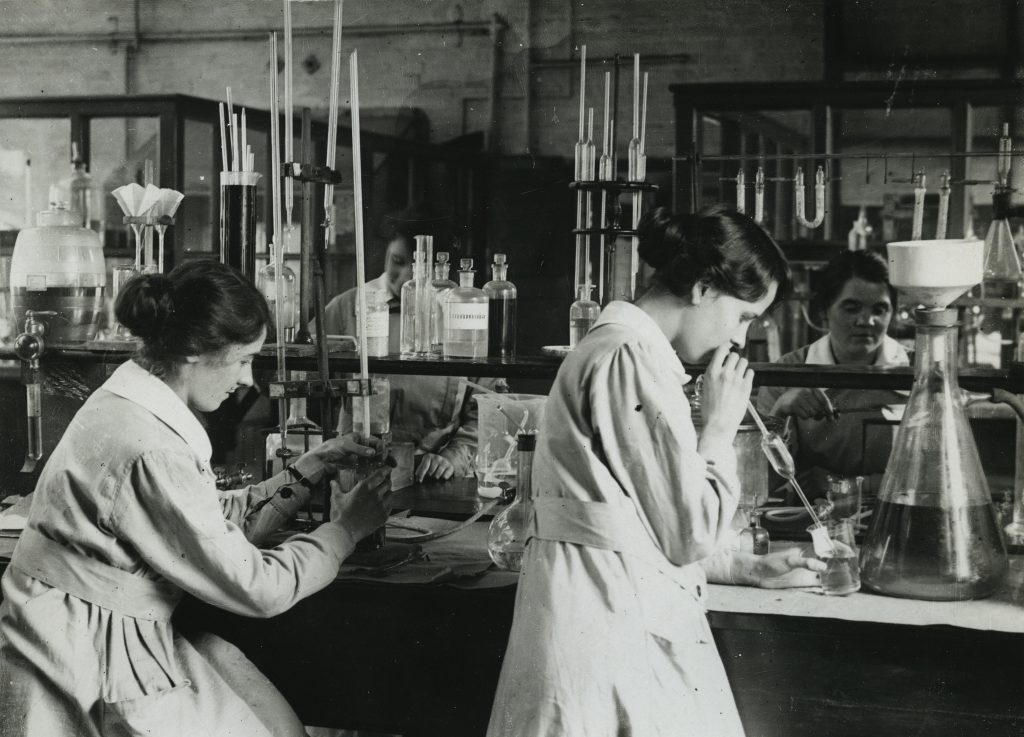
These women are working with various scientific instruments, although it isn’t very clear what exactly they are doing.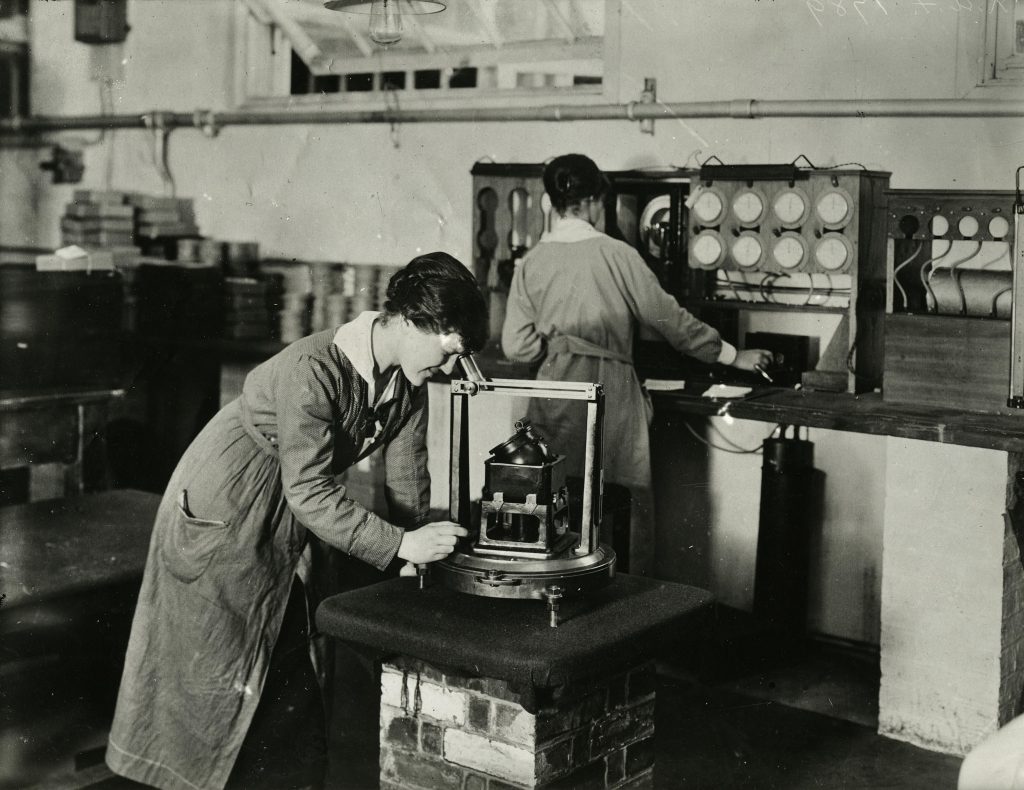
Glass production factories and painting crews found many new women employees to help keep production up for the war effort.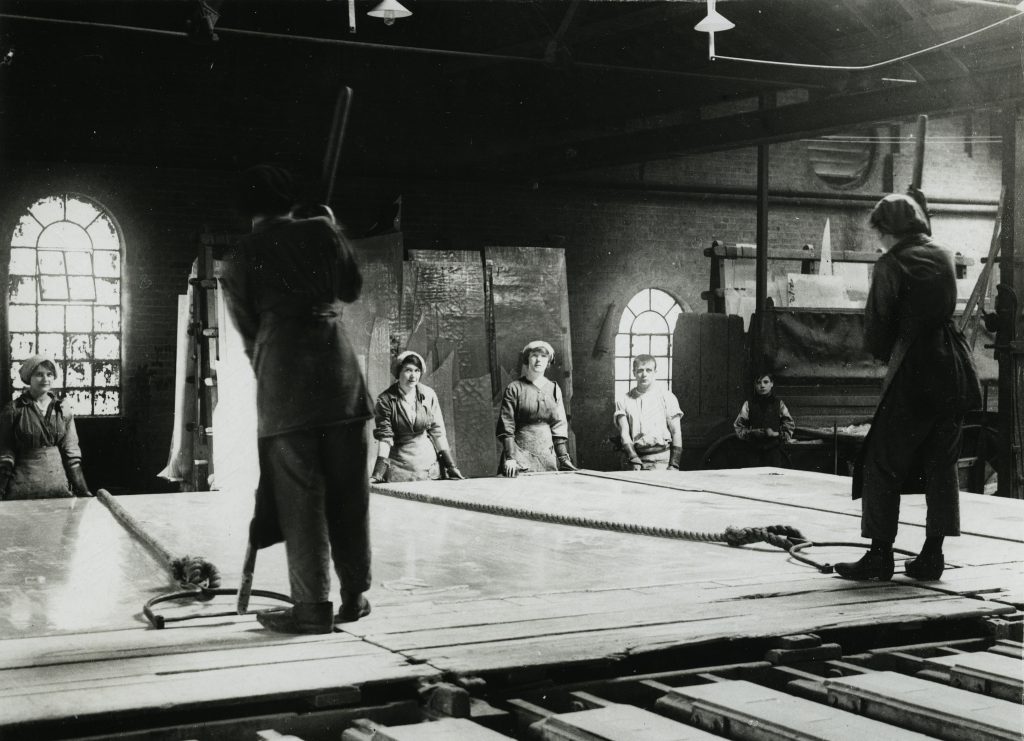
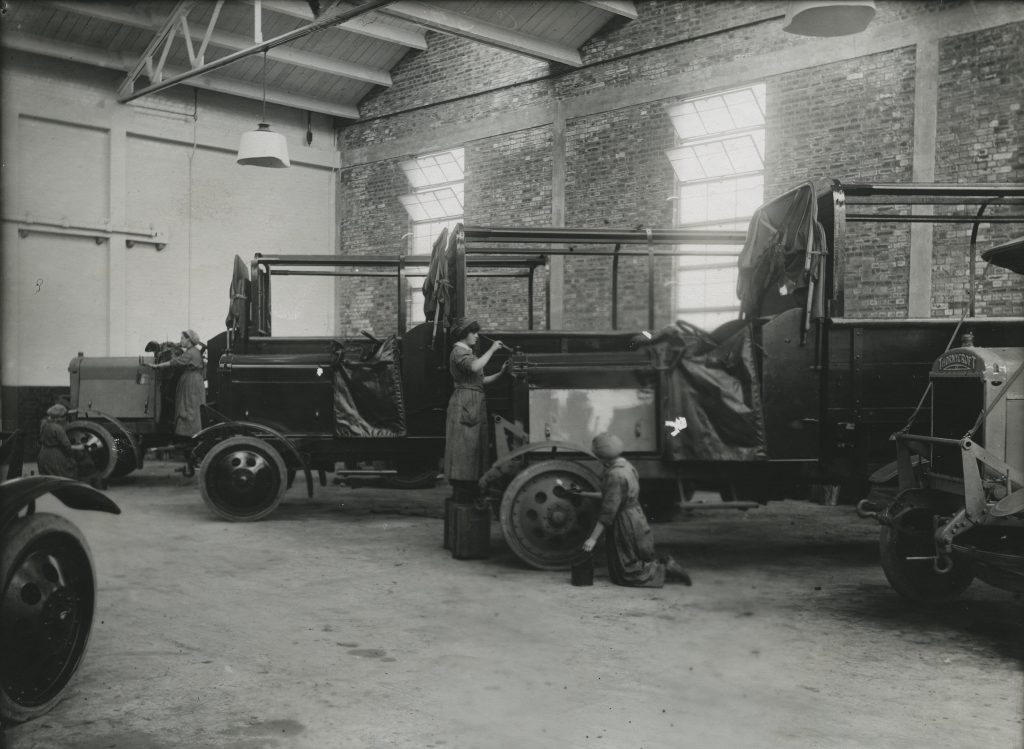

Munitions factories were no exception to the new feminine work force. Many explosives and ammunition used by soldiers on the front lines were produced by women back home.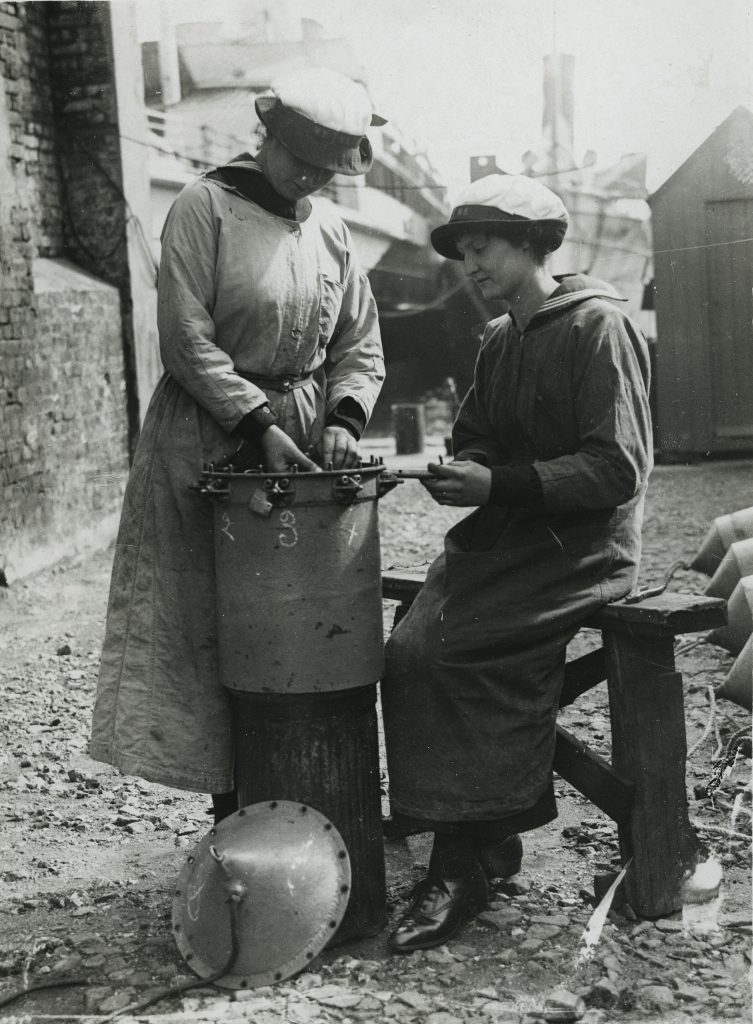
In fact, lots of women worked long hours in strenuous, difficult, dirty factory jobs to produce the much-needed goods during this time.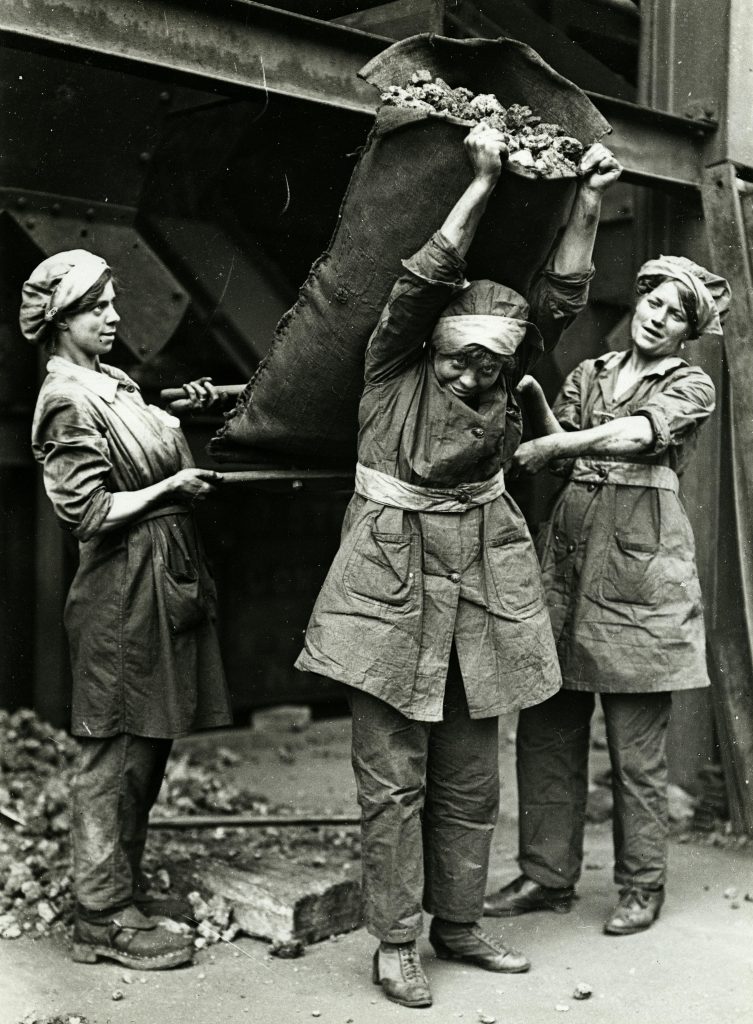
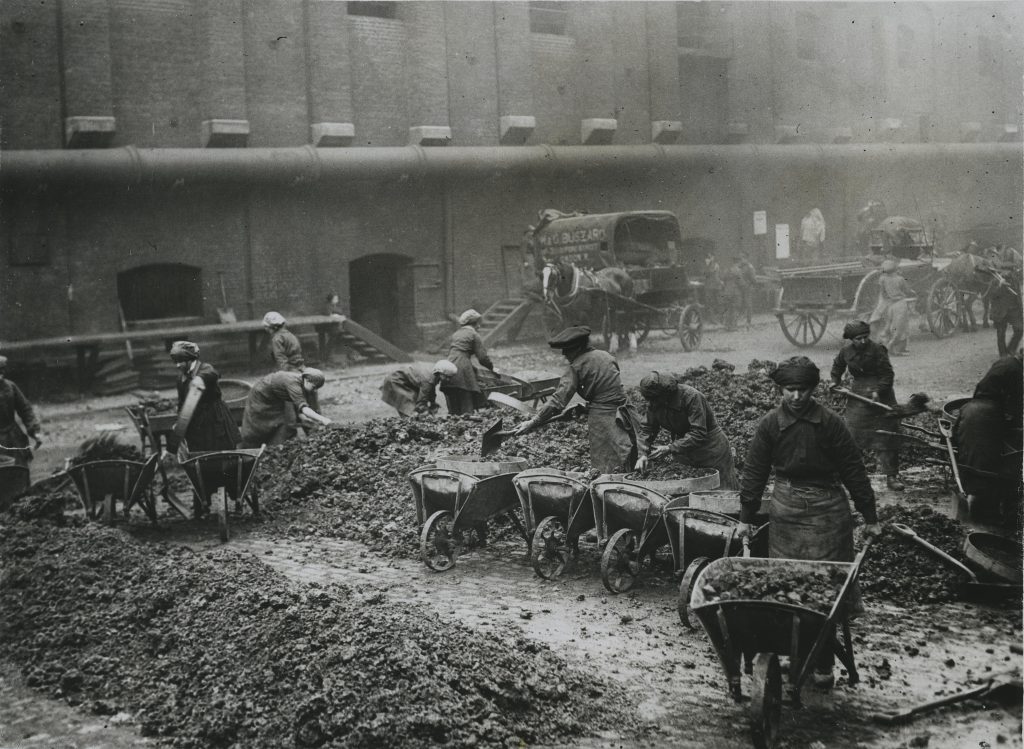
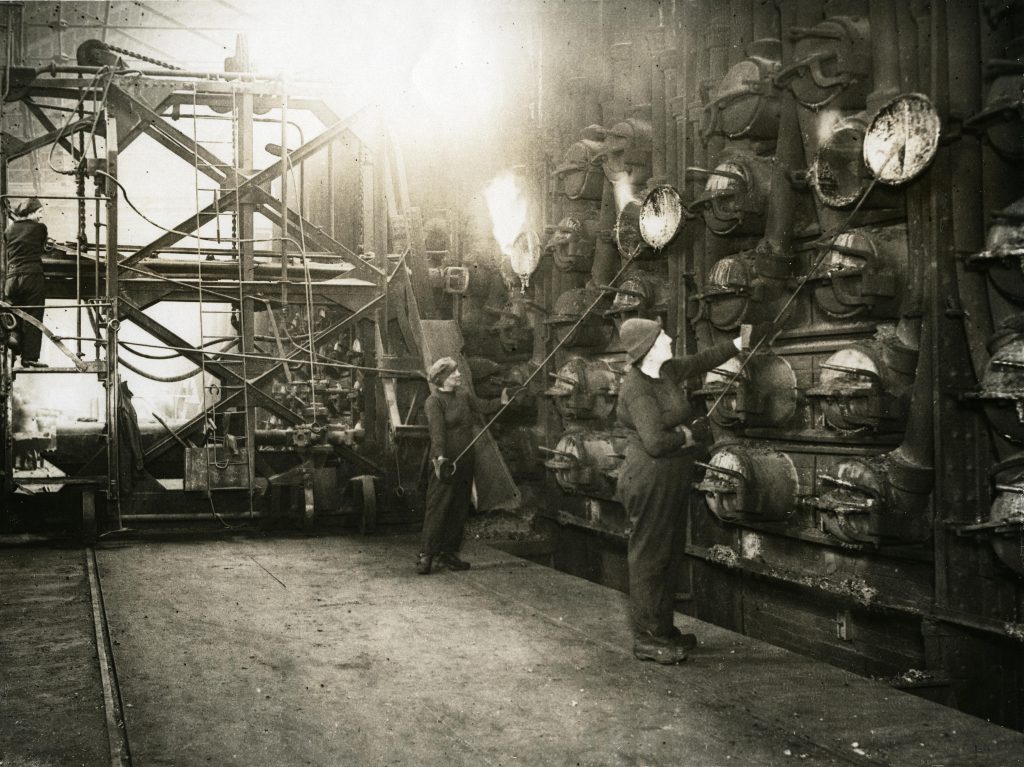
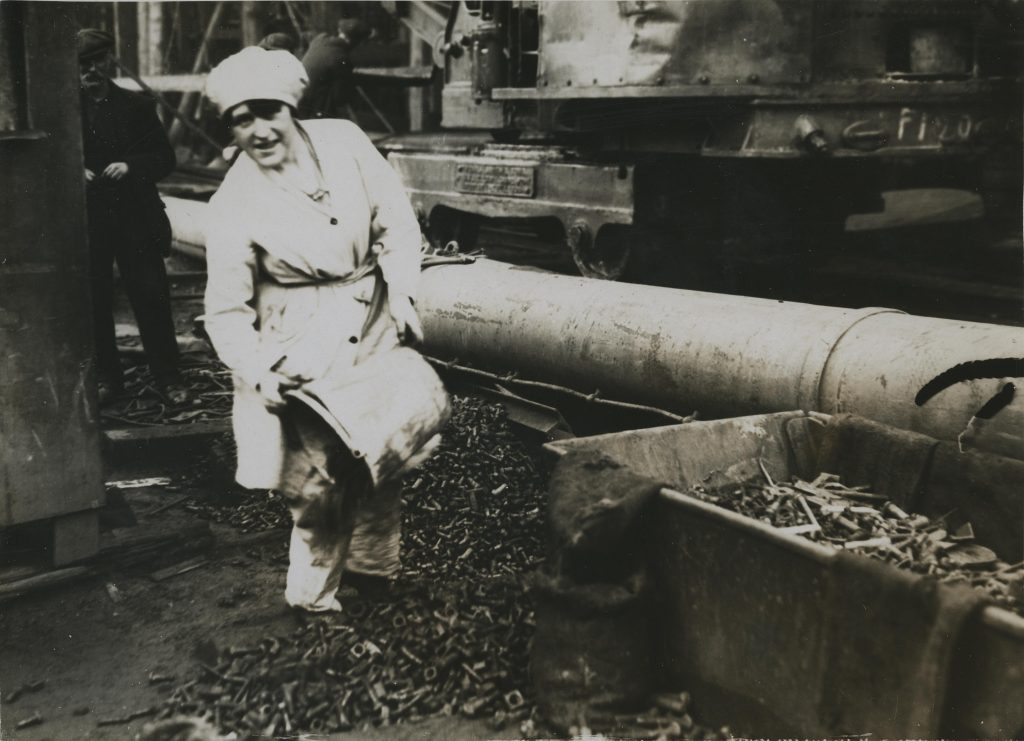
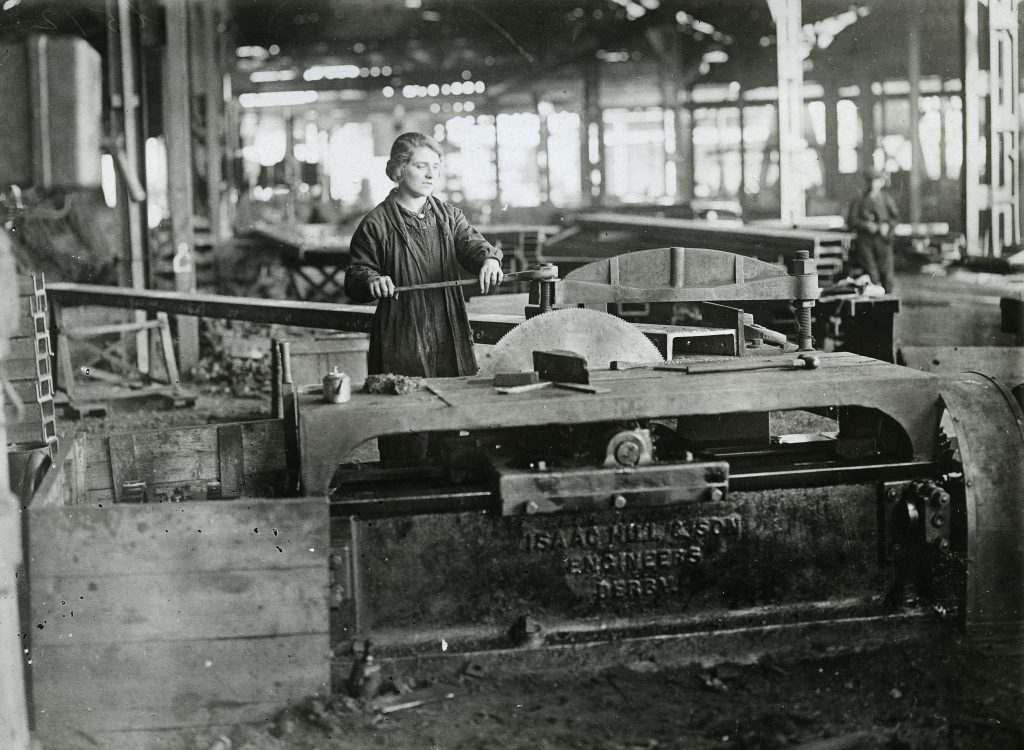
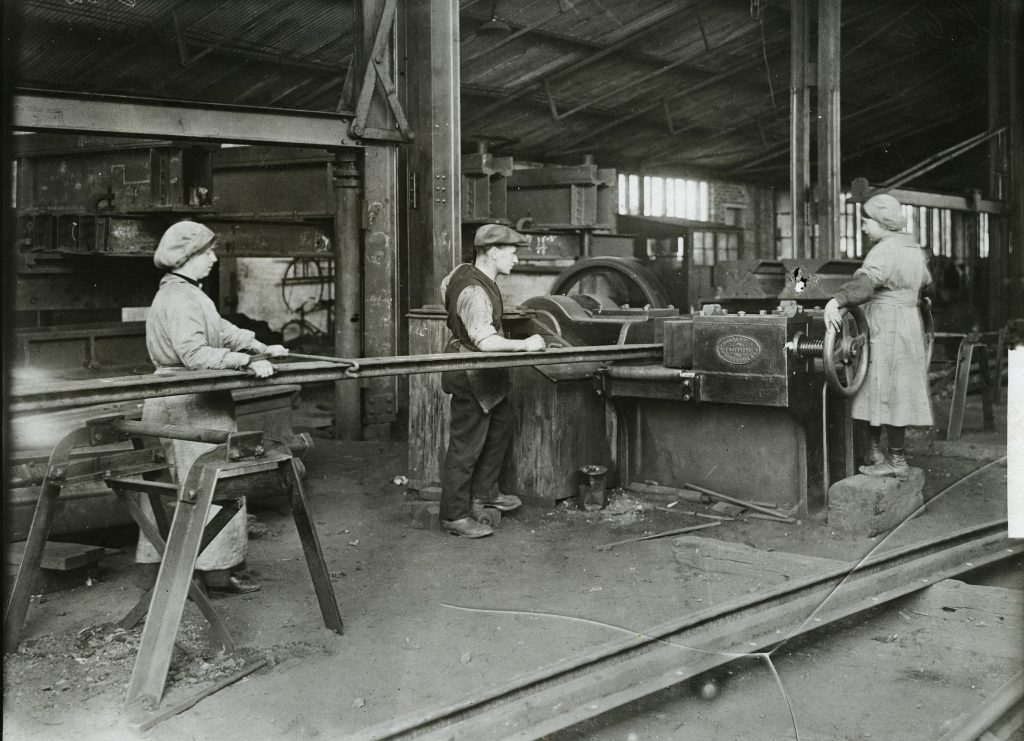


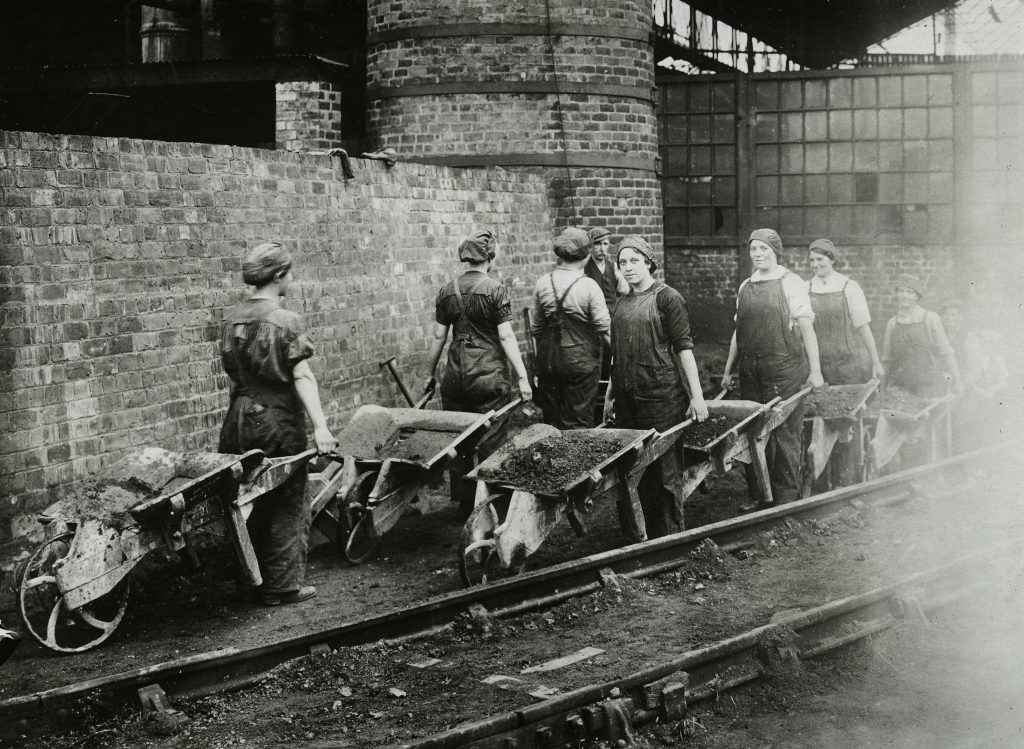
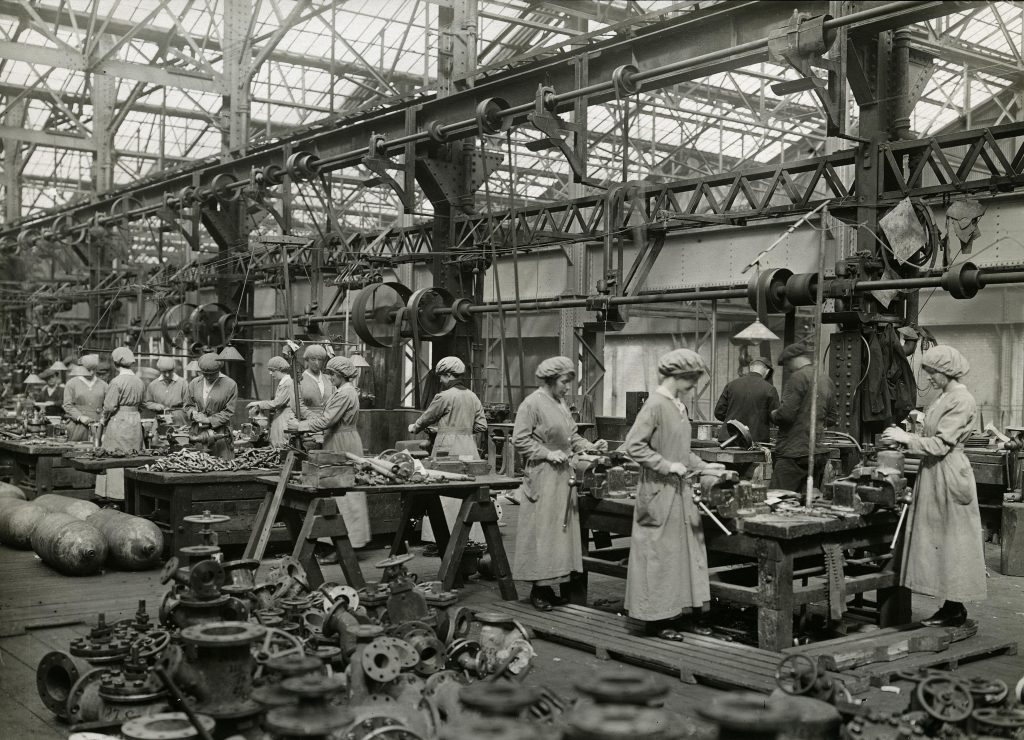

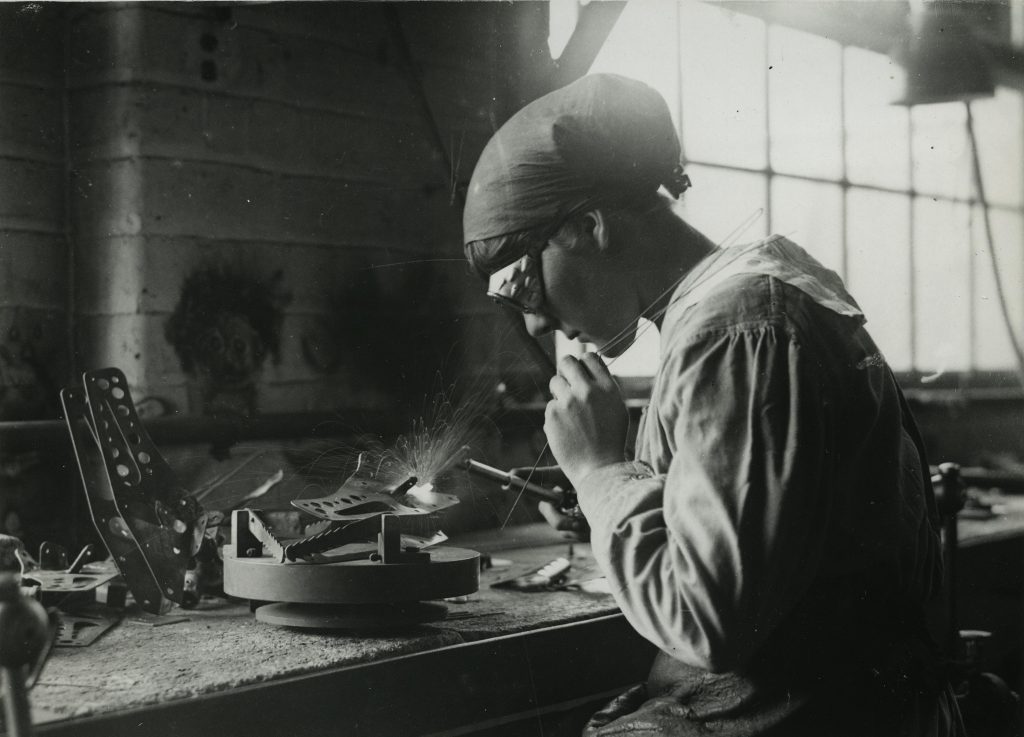
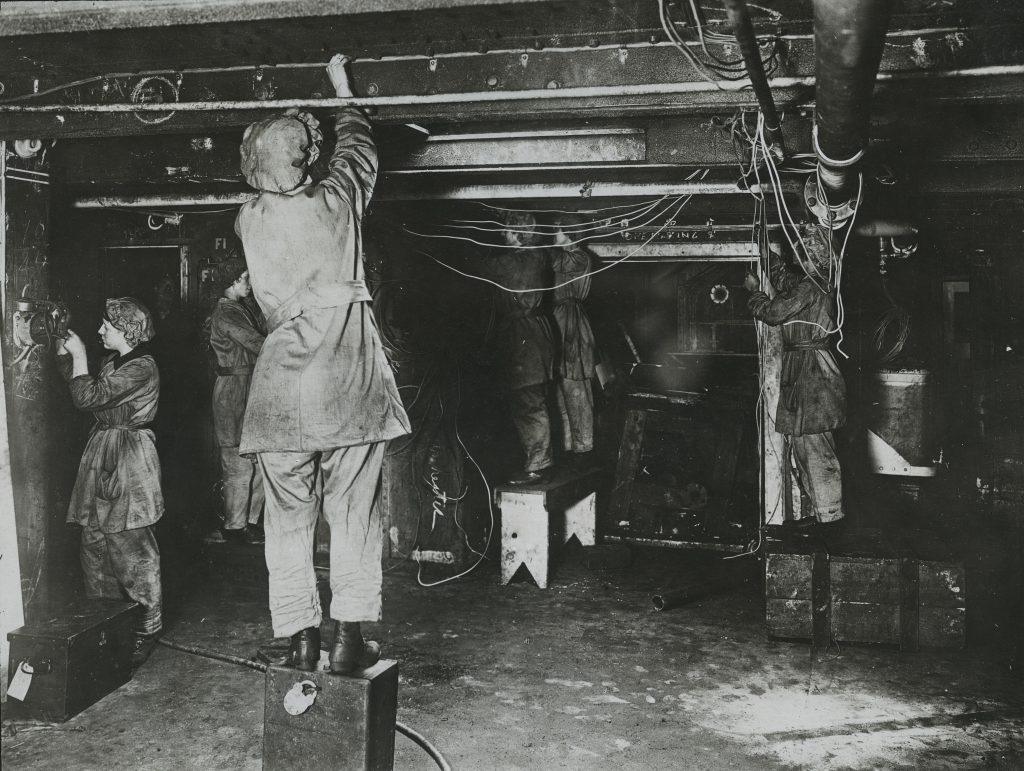 Some women worked on heavy machinery such as electric engines, drill presses, and cranes in the factories.
Some women worked on heavy machinery such as electric engines, drill presses, and cranes in the factories.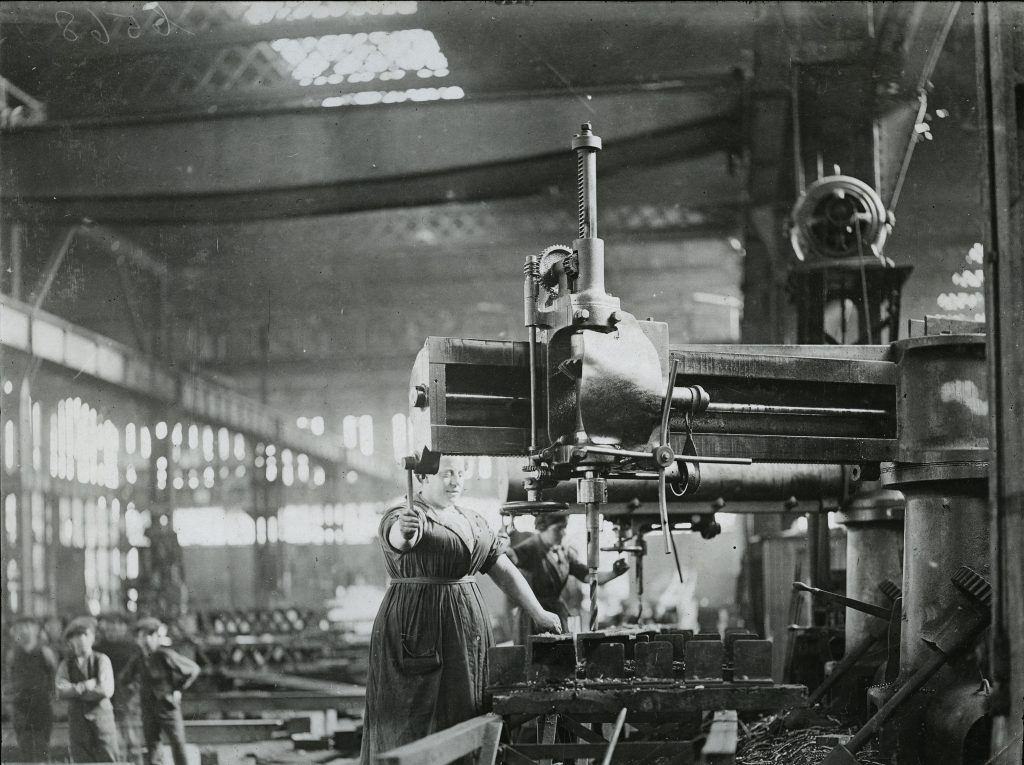

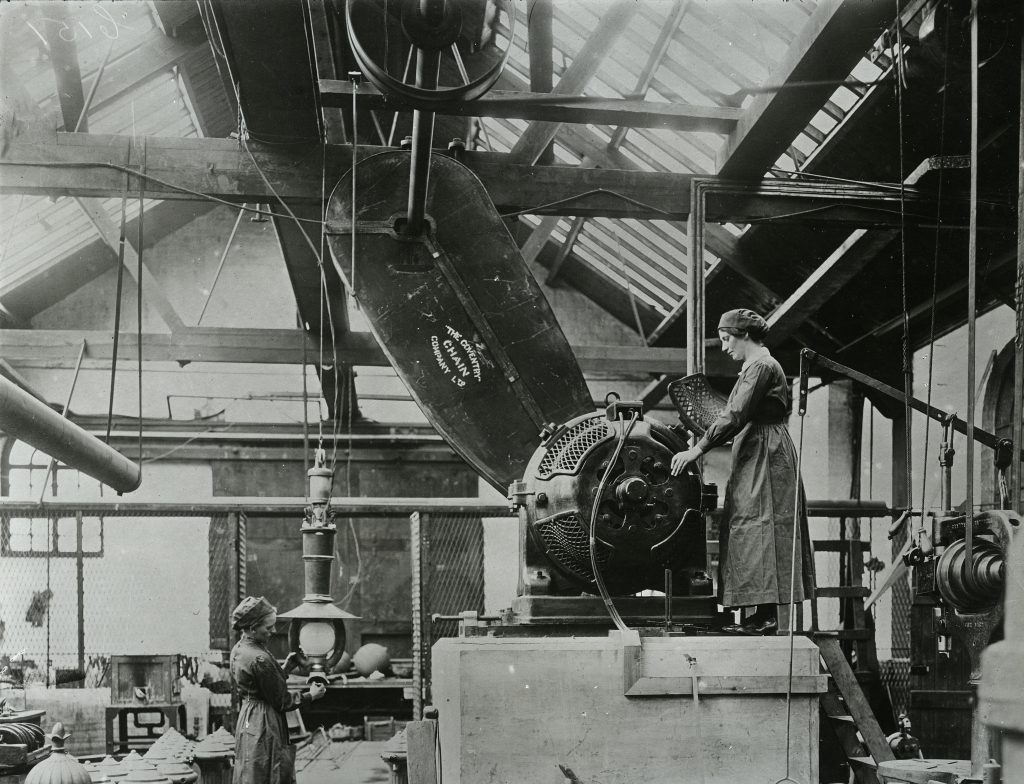
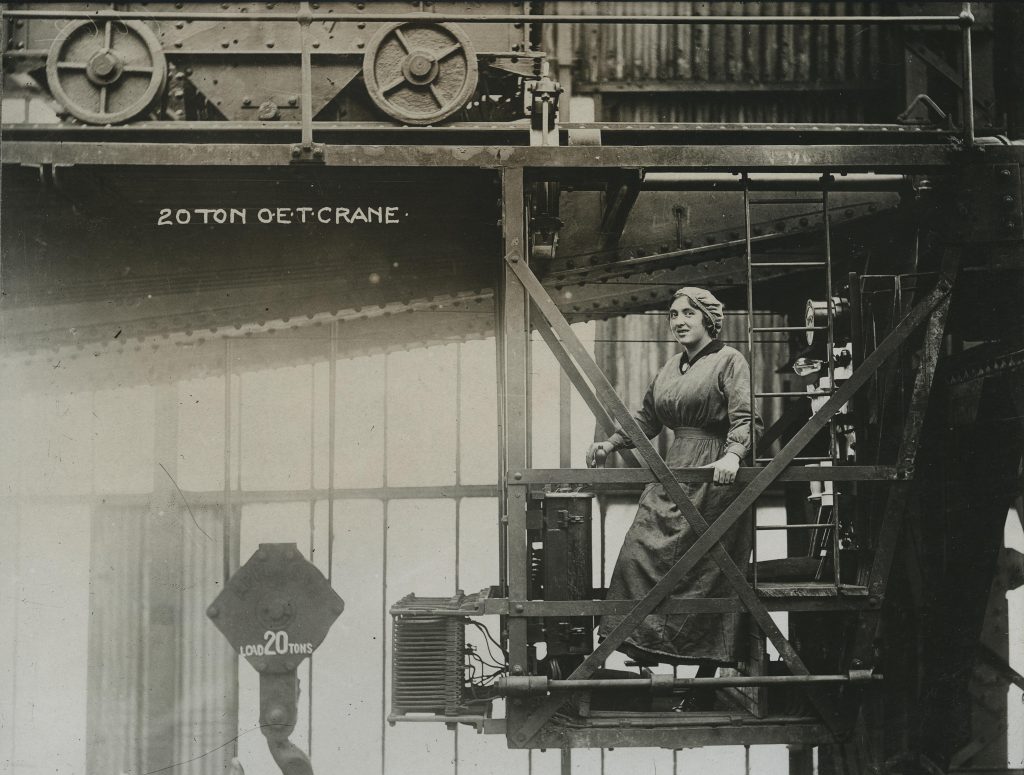
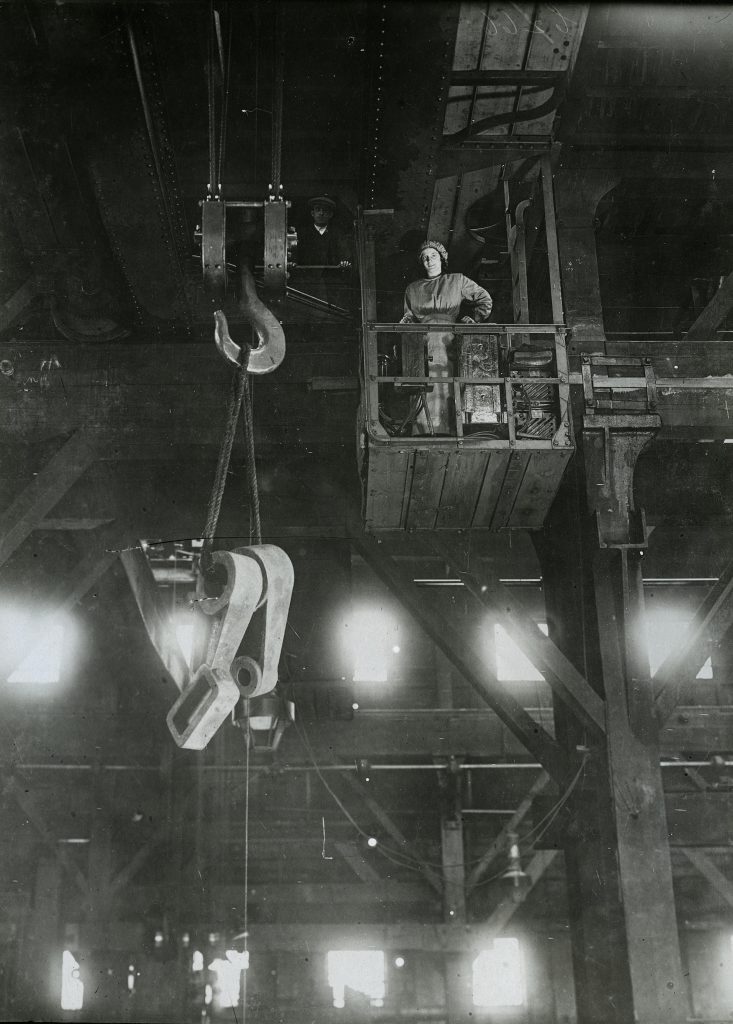
Lots of women worked right alongside men to do the exact same job for less pay both back home and near the front.
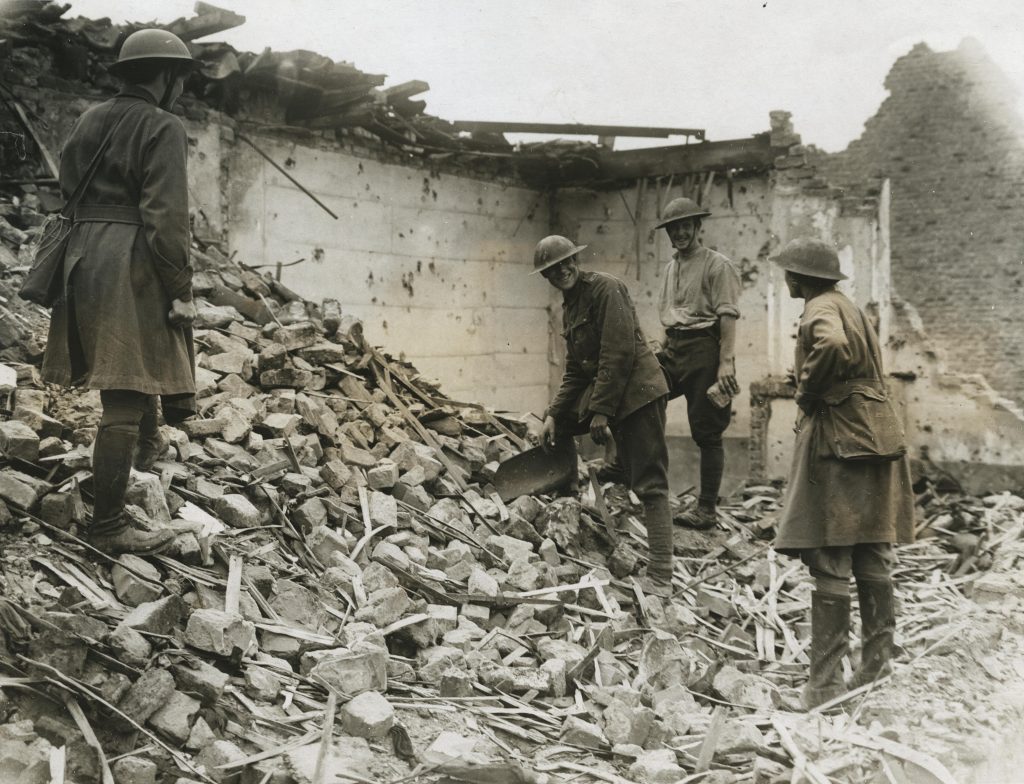 Thank you for reading!
Thank you for reading!
